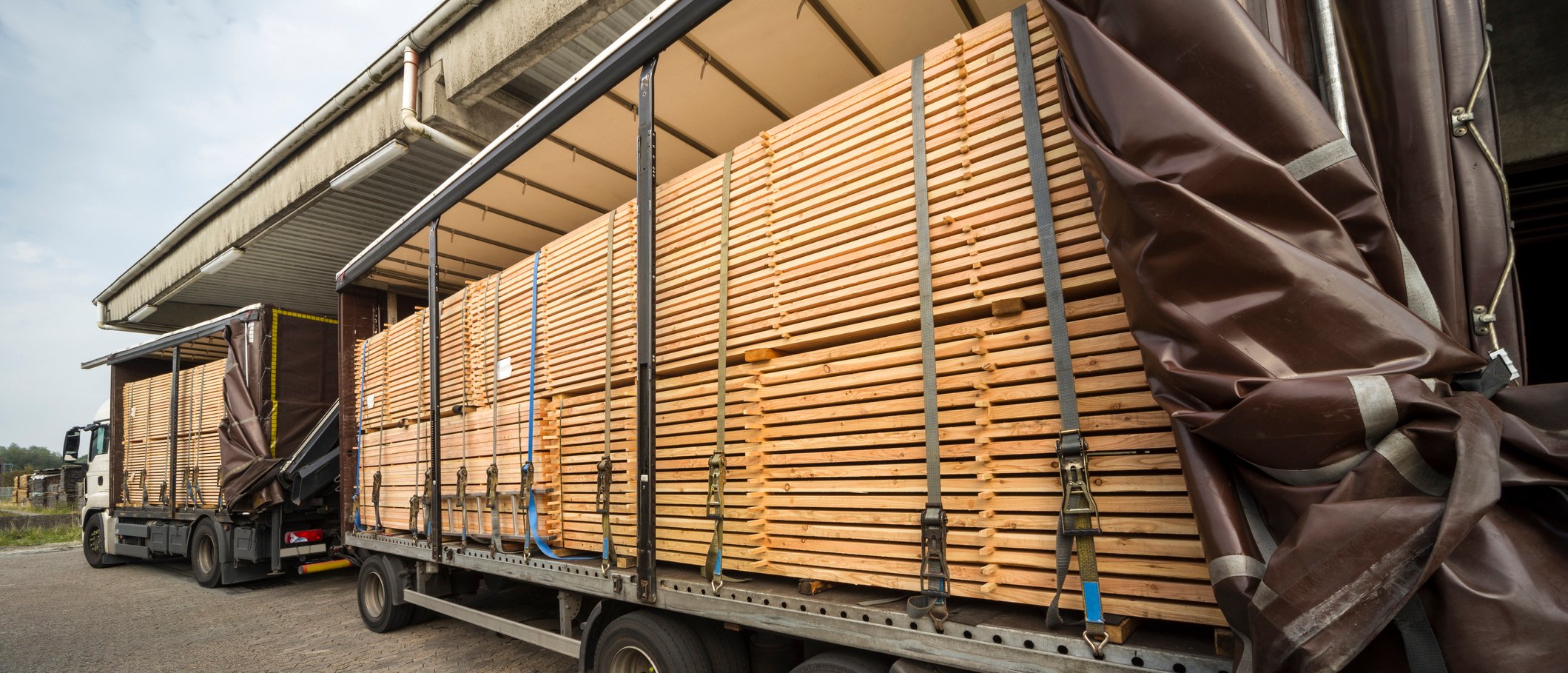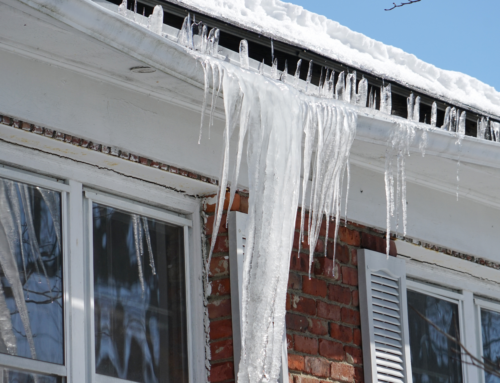Although most often associated with warehouses, pallets can be found in nearly every industrial and commercial facility. A pallet is used to stack, store, protect, and transport heavy goods or materials. You may load them onto transport vehicles, or keep them as bulk storage units.
Over time, your facility may accumulate extra or idle pallets, and improper storage can increase your risk of fire. We’ve outlined some key tips below to help your business safely store pallets and prevent a fire from breaking out.
Fire risks when storing pallets
Storing wood pallets
The conventional pallet is typically made from wood. As wood loses its moisture content, it becomes easier to ignite. In addition, as wood pallets dry out, their edges tend to become frayed and splintered. In this condition, a small ignition source can easily ignite them.
Storing plastic pallets
Plastic pallets present an even higher hazard as plastic burns as hot as wood for a longer time. Burning pools of plastic can flow and spread fire to other areas of a facility. The combustion of plastic may also produce large quantities of smoke.
Storing pallets on edge
When pallets are stood on edge, they create a vertical flue space that allows for rapid burning. A flue is a duct or pipe that conveys exhaust gases. A vertical configuration provides the greatest amount of surface area for combustion. A fire occurring at the base of a pallet will spread upward as the rising gases preheat the thin slats above it. This preheating and high airflow leads to a rapid fire spread throughout the pallet pile.
Flat stacking pallets
Flat stacking of pallets provides less surface area for combustion. When one pallet is placed on the next, the thin slats typically cover each other, limiting the available surface area. However, the open area between slats provides a large vertical flue space for fire to spread.
Racking pallets
Many facilities store idle pallets in racks, which presents a significant fire risk. Pallets stored in racks have unrestricted airflow that will rapidly accelerate a fire. The high heat produced by burning pallets may also lead to a failure of the rack assembly as the metal becomes fatigued.
Safety measures for storing pallets
Minimize idle pallet storage
- Accumulation of idle pallets can occur in any type of space. It’s important to monitor the number of pallets and the storage arrangements on an ongoing basis. This should be part of your regular fire safety inspection.
- Idle pallet storage should be limited to the minimum needed to meet production demands.
Store idle pallets outside
- To help prevent fires, store idle pallets outside. By keeping pallets outside in a secured location, away from buildings and other exposures, property loss from a pallet fire will be restricted to the pallets.
- All outdoor piles must be separated from other combustible storage and buildings by 50 feet (15 metres).
- Outside pallet storage should be located away from any air intakes, ducts, or building openings that could allow smoke from burning pallets to enter the building.
- Pallets should not be stored next to walkways, driveways, or similar locations that may expose people or property in the event of a fire.
Store idle pallets in a flat position
- Avoid stacking pallets on edge; flat stacking is preferable. Arranging flat-stacked pallets at right angles to each other will limit the flue space in the pallet pile.
Plan ahead to protect your business
Despite your best efforts, things can still go wrong. That’s why it’s vital that you have the appropriate coverage. Commercial property insurance can help with repair and replacement costs in the event of a fire. Business interruption insurance can help if your business must halt operations for some time to recover from a loss.
Visit our business insurance page to learn more today!
This blog is provided for information only and is not a substitute for professional advice. We make no representations or warranties regarding the accuracy or completeness of the information and will not be responsible for any loss arising out of reliance on the information.






